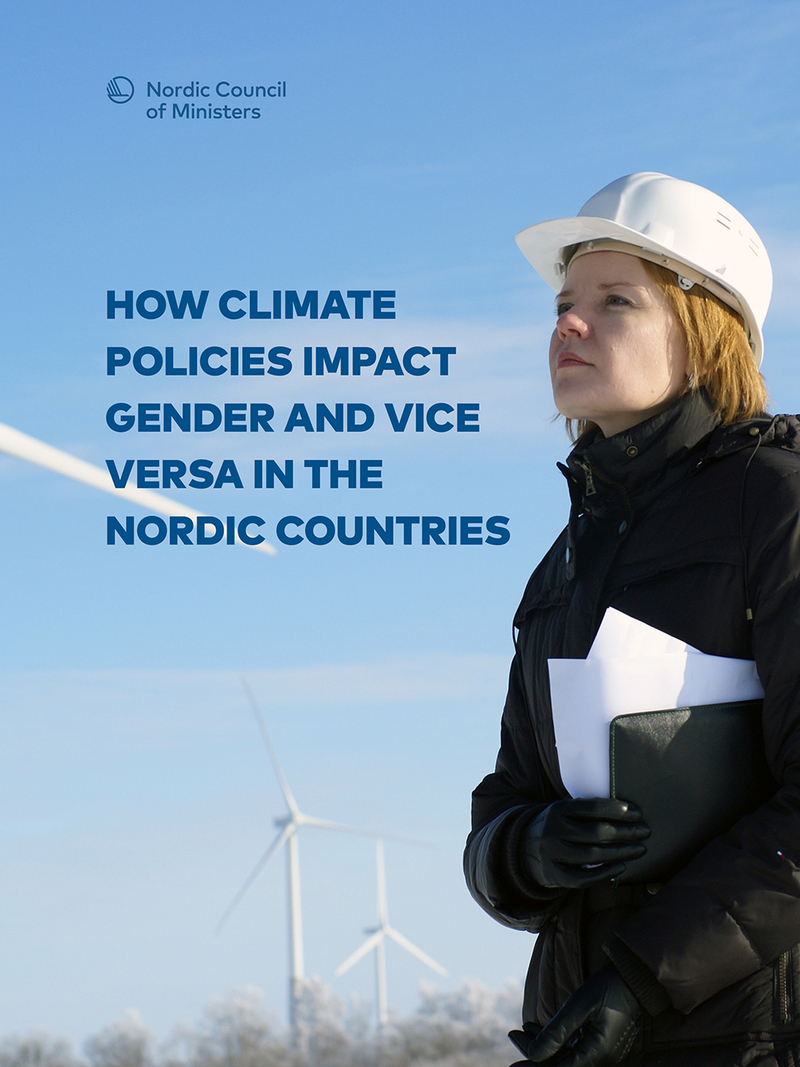
Climate Policy in Practice
Although the Nordic countries are considered to be among the most gender-equal in the world, Nordic climate policy has, until recently, been gender-blind.
A Nordic report shows that there’s a lack of knowledge about the interconnections between gender equality and climate in the Nordics.
It also shows that women and men in the Nordic Region are affected differently by climate policy. In industries where climate solutions are being developed, women and men have a different level of influence and there are also differences in women’s and men’s carbon footprint.
An example: The most carbon dioxide-heavy industries such as transport, energy, agriculture, and construction are male-dominated.
A green transition of these industries will thus have the greatest impact on men’s working lives. This is not something that has been addressed directly in the political debate, with the exception of Finland, which conducted a gender impact assessment of their 2021 Climate and Energy strategy.
With greater political awareness, the green transition could be an opportunity for employers to leverage more out of innovation by focusing on encouraging more women – often both highly educated and climate-aware – into these industries, while also breaking down the heavily gender-segregated labour market.
If we miss this opportunity, the green transition risks widening the gender pay gap.
Another example: Men as a group drive more and eat more meat, while women as a group are more climate-conscious, travel more using public transport, buy more second-hand items, and eat more vegetarian food.
A gender-equal and effective climate policy therefore needs to take account of differences in lifestyles by, for example, promoting lifestyle changes in men, and ensuring that transport solutions cater for women, men, and children on equal terms.
Read more below.
“The Nordic countries are considered to be among the most gender-equal in the world, but Nordic climate policy has, until recently, been gender-blind.”
